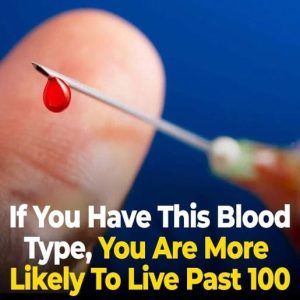It often starts with a small change — “a bump, a red patch, or a strange spot in your most private area.” While it’s normal to worry, most genital skin changes are harmless. The key is to “pay attention, not panic.”
Some bumps come from everyday causes like shaving or tight clothing. “Folliculitis,” for example, looks like red or pus-filled bumps from irritation. “Sebaceous cysts” are smooth and round, caused by blocked oil glands, and “skin tags or ingrown hairs” often result from friction. These usually heal on their own with basic care.
However, some conditions need medical attention. “Genital warts,” caused by HPV, appear as soft, flesh-colored bumps. “Genital herpes” causes painful blisters, while “molluscum contagiosum” shows shiny, dome-shaped bumps. “Syphilis” begins with a painless sore, and chronic conditions like “lichen sclerosus” cause itchy patches that require treatment.
See a doctor if bumps don’t heal within two weeks, become painful, bleed, or change in size or color.
Though it may feel awkward, “doctors are trained to help, not judge.” Most issues are common and treatable — the real risk is ignoring them. “Your peace of mind is worth a conversation. If something doesn’t look or feel right, trust your instincts and talk to a healthcare provider.”





